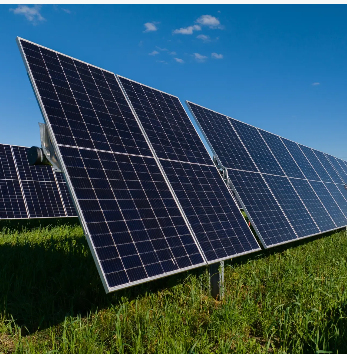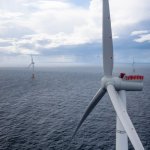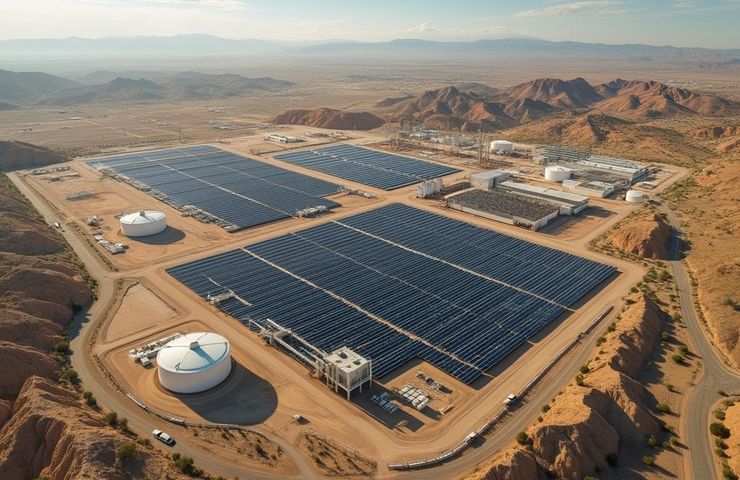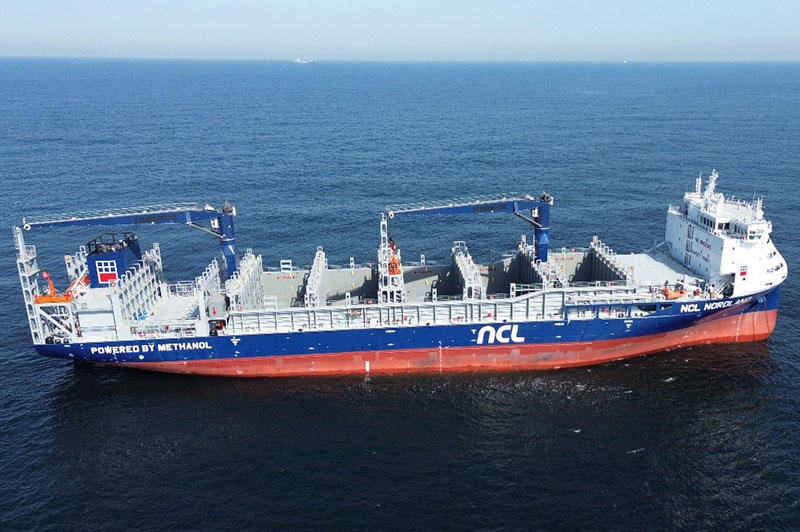UK startup building solar power beaming tech for space applications
Three year old Space Solar has completed an 18-month engineering design and development project for key parts of its modular space-based solar power system.

Three year old Space Solar has completed an 18-month engineering design and development project for key parts of its modular space-based solar power system.
UK startup Space Solar has completed tests of its power-beaming technology with its Harrier demonstrator, along with completing sub-system studies.
The three-year-old company said it had completed an 18-month, GBP1.7 million ($2.26 million) project, known as Cassidi, involving the assessment of its wireless power beaming, in-space assembly process, and ground receiver technology, as well as a 1,700-page sub-system design document.
“The project comprised engineering design and development to advance the technical maturity of our space-based solar power system, including how the highly modular solar power satellite is assembled in orbit,” Space Solar Co-CEO, Martin Soltau, told pv magazine.
The modular solar power satellite that Space Solar is using is known as Constant Aperture Solid State Integrated Orbital Phased Array (Cassiopeia). “As part of this we built and successfully tested our power beaming technology, which can steer the beam through 360 degrees with no moving parts, and this is core to the excellent economics of Cassiopeia,” said Soltau.
The project was funded by the UK Space Agency and the Department of Energy Security and Net Zero (DESNZ) and involved 22 partner organizations. It confirmed both the technical and economic viability of the system,” according to Soltau who noted that the next steps towards the target mass and cost calculations for the operational system are now clear.
As pv magazine previously reported, the UK company’s technology involves sending a satellite, Cassiopeia, into orbit equipped with a pre-fabricated system of solar reflectors and thousands of lightweight PV modules to capture and beam solar energy from space to ground receivers.
It is a solid-state system that relies on high-frequency radio waves. The claim is that it will enable “constant, weather-independent power delivery.”
Space Solar aims to commission its first megawatt-scale commercial system within 5 years, with arrays at a much greater capacity added within 12 years. It is one of several efforts underway with others ongoing in the U.S., and in South Korea, and an initiative in Europe too.
What's Your Reaction?



























































